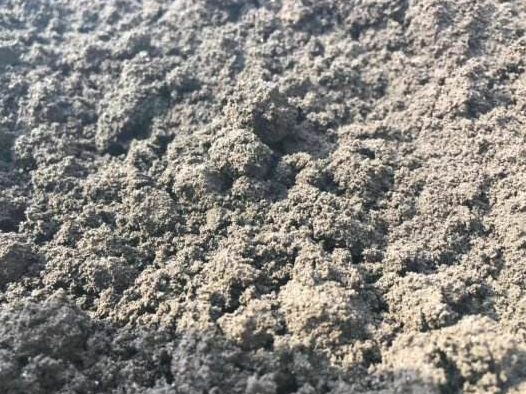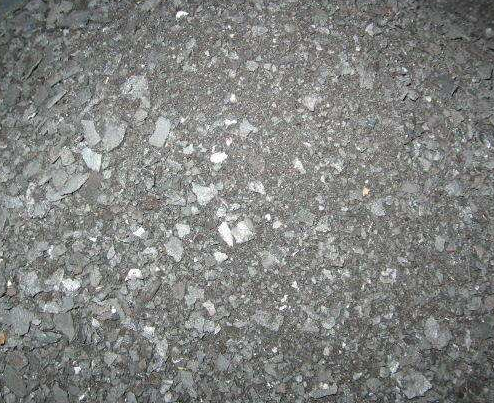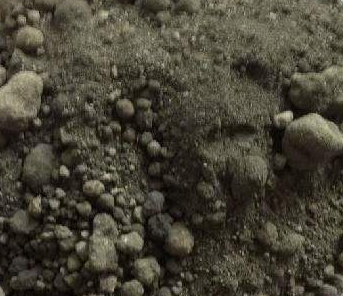Cold Briquette of Ferro-Contained Waste
Iron and steel industry is an important source of solid waste. If these solid wastes are not utilized, it will not only occupy land, pollute the environment, but also waste limited resources. Steel and rolling system is an important source of solid waste in iron and steel enterprises. Its solid waste has high iron content. However, if it can be properly used, it can reduce environmental pressure, but also achieve the purpose of reducing cost and increasing efficiency. Judging from the application situation in the industry, the cold briquette metallurgy effect of converter dust is remarkable, which has the advantages of reducing the consumption of lime and other auxiliary materials, melting slag in advance, reducing the consumption of steel materials and the like, and has achieved outstanding results.



Converter Dust
1. Characteristics of Converter Dust
The amount of converter fine dust produced per ton of steel is 16kg/t. The solid waste is dark red fine powder with high iron content, good hydrophilicity and high alkalinity, and contains a small amount of active CaO and MgO. Unobvious white lime or dolomite particles can be seen by eyes. The overall particle size of the solid waste is less than 0.5 mm. When encountering water, there will be a weak reaction and basically no fever. Research in the industry found that the converter coarse ash is mainly composed of Fe3O4, FeO and Fe, and contains a small amount of Fe2O3, CaO and C3S. This kind of dust removal ash has relatively small density, fine particle size, and the expected spherical strength is not ideal, which needs to be solved by auxiliary means.
2. Characteristics of Converter Coarse Dust
The output of converter coarse dust per ton of steel is 7kg/t. The solid waste is gray coarse powder with high iron content, good hydrophilicity and high alkalinity, and contains a large amount of active CaO and MgO. Obvious white lime or dolomite particles can be seen by naked eyes. The overall particle size of the solid waste is below 0.5 mm. Strong reaction will occur when exposed to water, and white particles will collapse into fine powder after digestion. The dust has small density, fine particle size, and the expected spherical strength is not ideal, which needs to be solved by auxiliary means.
Blast Furnace Gravity Dust
The output of blast furnace gravity dust per ton of iron is about 12kg/t. The material is gray-black powder with relatively low iron content and particle size below 0.5 mm. Previous briquetting practice shows that the dust has poor hydrophilicity and is not easy to be cold pressed into briquettes.
Sintering Machine Dust
The output of sintering machine dust per ton of iron is about 10kg/t. The material is grayish yellow fine powder with low iron content and particle size below 0.1 mm. This kind of solid waste will not fall to the ground and will directly return to the sintering ingredients.
Scale of Iron Oxide
The amount of iron scale produced per ton of steel is about 11kg/t. The material is gray and slightly shiny fine scales, with high iron content and medium hydrophilicity. Under a large proportion, the strength contribution of pelletizing is large, but the pelletizing performance alone is poor.
Past practice shows that iron oxide scale has strong universality and can be applied to blast furnaces and converters. Because blast furnace gravity dust, sintering machine dust and converter dust contain high potassium, sodium and zinc, it will cause poor blast furnace permeability and shortened lining hand surface, and cannot be used in a large proportion of blast furnace.
Briquette Bonding Mechanism
1. Physical bonding
This kind of binder has polar surface and has good fixation effect on water molecules. The arrangement of water molecules on the polar surface has a three-layer arrangement structure, and the water molecules closest to the polar surface show directional and orderly arrangement. For example: bentonite, syrup, modified starch and modified cellulose. Hydroxyl groups (-OH) contained in these substances have a strong fixing effect on water molecules. At the beginning of pellet consolidation, water molecules can be controlled and bonding effect can be exerted.
2. Chemical bonding
This kind of bonding means that the binder relies on chemical reactions to produce new phases during the bonding process, such as common cement, sodium silicate and carbonation consolidation chemical bonding. Carbonation consolidation also belongs to chemical consolidation. When some organic binders are consolidated, under the influence of changes in conditions, molecules undergo polymerization or polycondensation reaction, thus bonding more closely with the binder, which is also classified as chemical bonding.
3. Organic binder
Organic binder is a synthetic polymer or mixture, and its viscosity increases rapidly after dissolving in water. Typical organic binders include sodium carboxymethyl cellulose, modified starch series, polyacrylamide, etc. Organic binder has the advantages of obvious effect, low ratio, little influence on ball grade, less impurities, etc. In addition, the agent disappears after being burned in the furnace, so that the pellet grade and porosity can be effectively improved, which is conducive to improving reducibility and steelmaking index. The final type of binder is modified starch organic binder.




